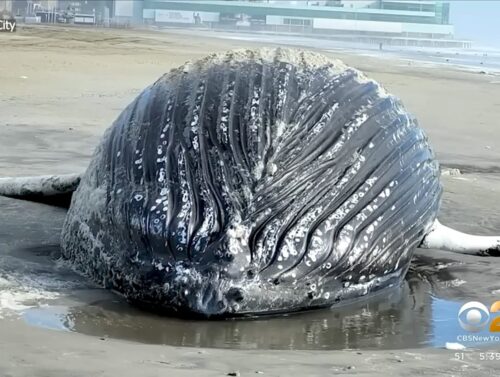
Spain is running its national power grid in “strengthened mode”, using more nuclear and natural gas in place of the renewables it vaunted before last month’s historic blackout, but still hasn’t said what started the outage. [emphasis, links added]
Spain still hasn’t officially acknowledged it knows what caused the historic blackout that started in the south of the nation and cascaded to knock out all electricity in two European countries. Still, it now says it is certain it wasn’t the victim of a cyber attack.
Two weeks after the total loss of all energy generation on the Iberian peninsula of Spain and Portugal, the national generation agency Red Eléctrica (RE) and the government ministry are now agreed there was no digital intrusion detected, Minister for Ecological Transition and Energy Sara Aagesen told their national Parliament this week, reports EnergyNews.
Euronews cites the remarks of the minister, who revealed for the first time that the cascade that disconnected power source after power source from the national grid started at a substation in Grenada, Andalusia, on April 28th.
Yet what caused that substation to disconnect, causing that chain reaction, has not yet been revealed, and the Spanish government says it could be months before they publish a report.
She said: “The government is working with rigour and not making hypotheses, because that is what the Spanish people deserve. Rigour and truth”.
It was also revealed for the first time that two oscillations in the European power grid had been detected shortly before the Spanish blackout, but whether this is connected or circumstantial is not yet clear.
Bloomberg energy industry journalist Javier Blas, who is Spanish, further notes in a digest of Aagesen’s remarks that she also said — without elaboration — in her address to Parliament that the grid operator was now running the system in “strengthened mode”.
He linked this statement to real-time data openly available from the power network that shows “far more” nuclear energy and natural gas being used to keep the grid operating.
Indeed, per the BBC, at the time of the April blackout, the Spanish grid was working on over 75 percent ‘renewables’, with just 11 percent of the power mix being nuclear and five percent gas.
Per the latest data, in recent days, more reliable traditional generation is being used more, with nuclear responsible for between 14 and 23 percent, and natural gas-fired plants accounting for up to 25 percent at times.
It may be the case that the Iberian Peninsula blackout, when the Spanish government comes clean on what happened and why, may bring valuable lessons on how to operate complex systems that traditionally relied on the literal inertia of spinning turbines to overcome challenges that could defeat less robust renewable technology.
Yet despite the utility of nuclear energy being available to sustain an energy grid at zero notice and having that resilience to balance the grid, it is still officially Spanish government policy to decommission every plant within a decade and not replace them.
This would leave the country with just natural gas to back up the ‘net zero’ renewable grid after the final coal plant goes offline this year.
Top image of Spain’s Cofrentes nuclear power plant via Wikimedia Commons
Read rest at Breitbart



















Wind and Solar cant be relied upon like Nuclear can be as well as Thermal and Hydro although the radical Eco-Freaks w ants the Dams Removed
solar % on one noon hour of one sunny day is not being compared to a similar noon hour on another sunny day
Unfair, false comparison